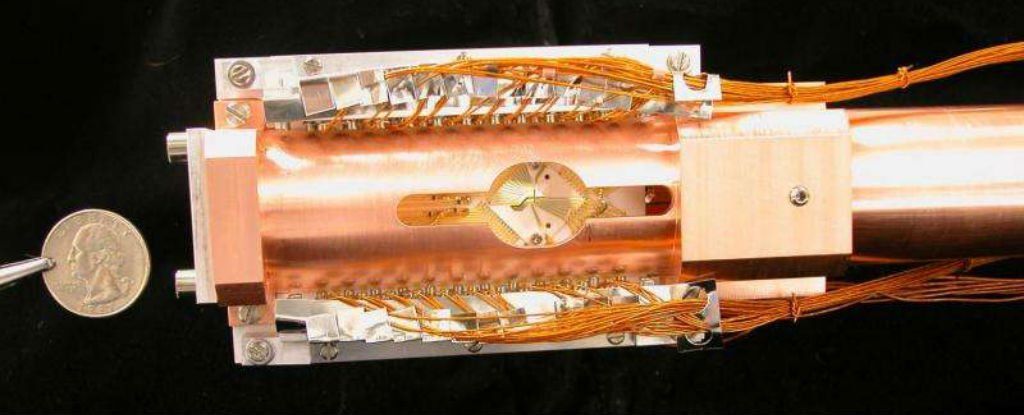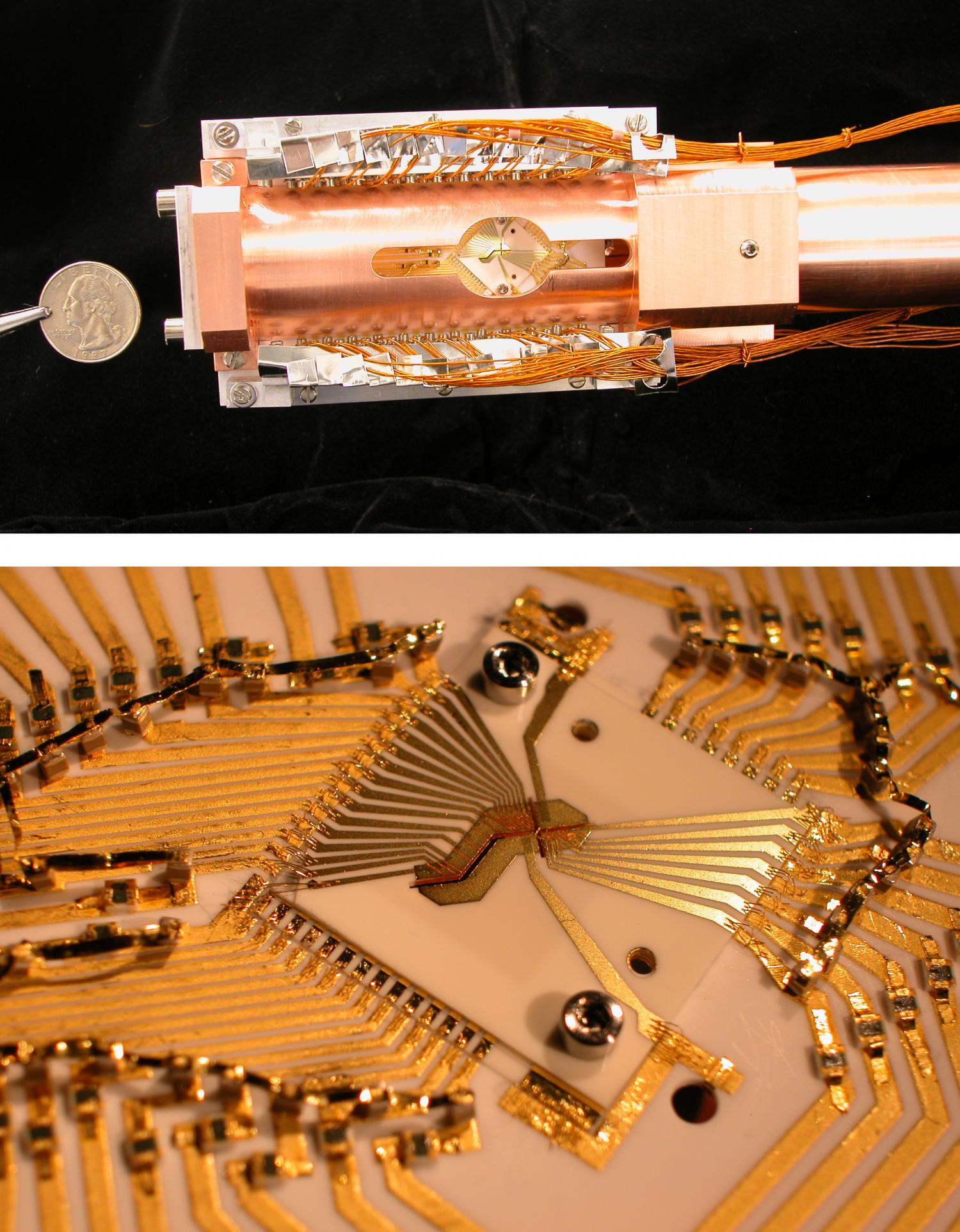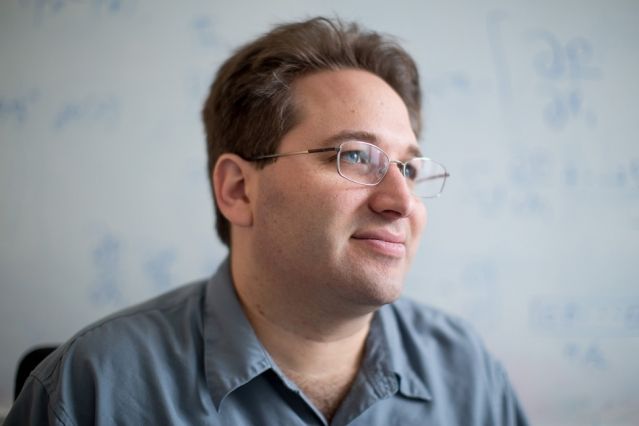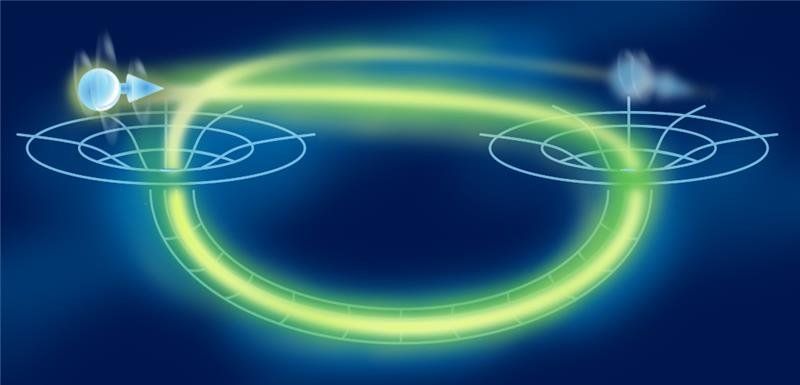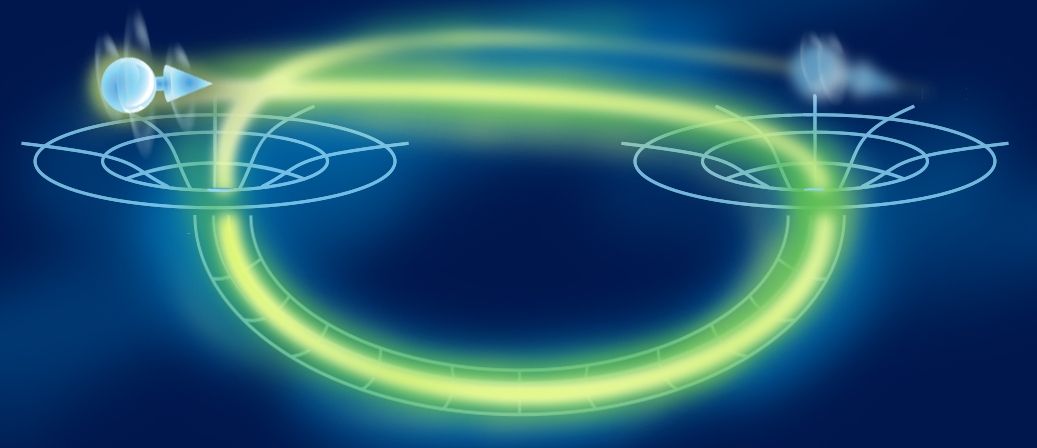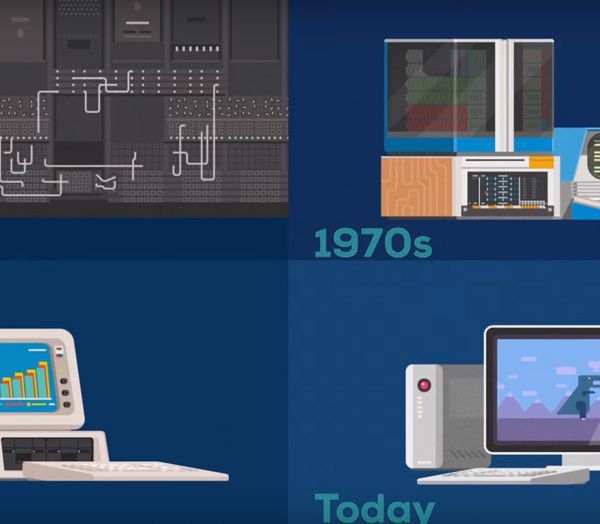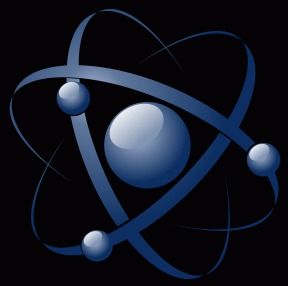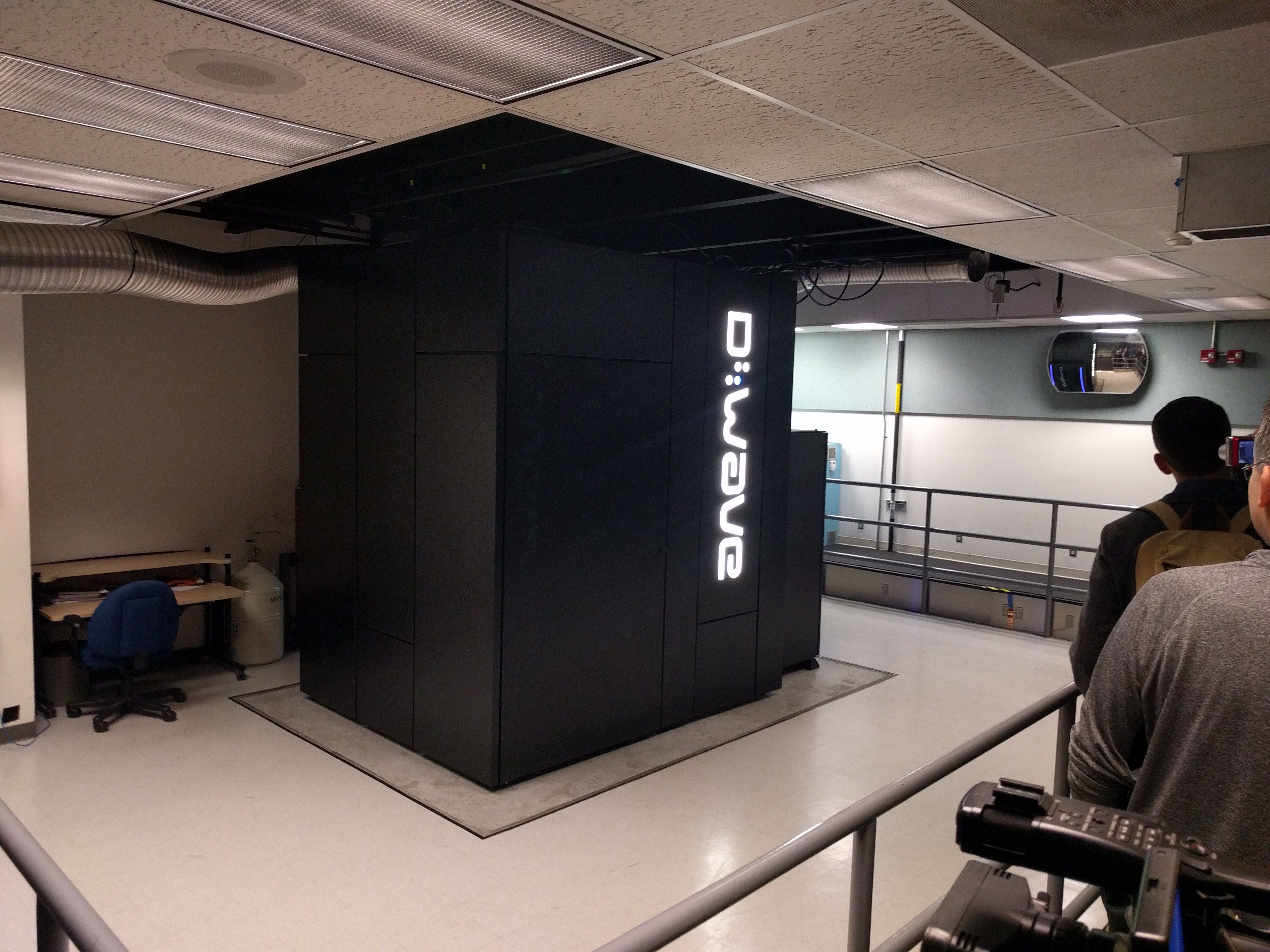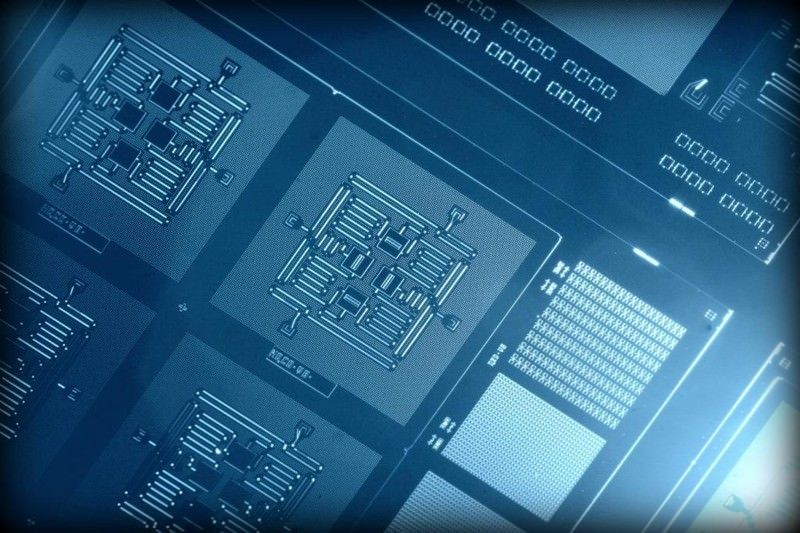![]()
Governments and leading computing companies such as Microsoft, IBM, and Google are trying to develop what are called quantum computers because using the weirdness of quantum mechanics to represent data should unlock immense data-crunching powers. Computing giants believe quantum computers could make their artificial-intelligence software much more powerful and unlock scientific leaps in areas like materials science. NASA hopes quantum computers could help schedule rocket launches and simulate future missions and spacecraft. “It is a truly disruptive technology that could change how we do everything,” said Deepak Biswas, director of exploration technology at NASA’s Ames Research Center in Mountain View, California.
Biswas spoke at a media briefing at the research center about the agency’s work with Google on a machine they bought in 2013 from Canadian startup D-Wave systems, which is marketed as “the world’s first commercial quantum computer.” The computer is installed at NASA’s Ames Research Center in Mountain View, California, and operates on data using a superconducting chip called a quantum annealer. A quantum annealer is hard-coded with an algorithm suited to what are called “optimization problems,” which are common in machine-learning and artificial-intelligence software.
However, D-Wave’s chips are controversial among quantum physicists. Researchers inside and outside the company have been unable to conclusively prove that the devices can tap into quantum physics to beat out conventional computers.
Read more
